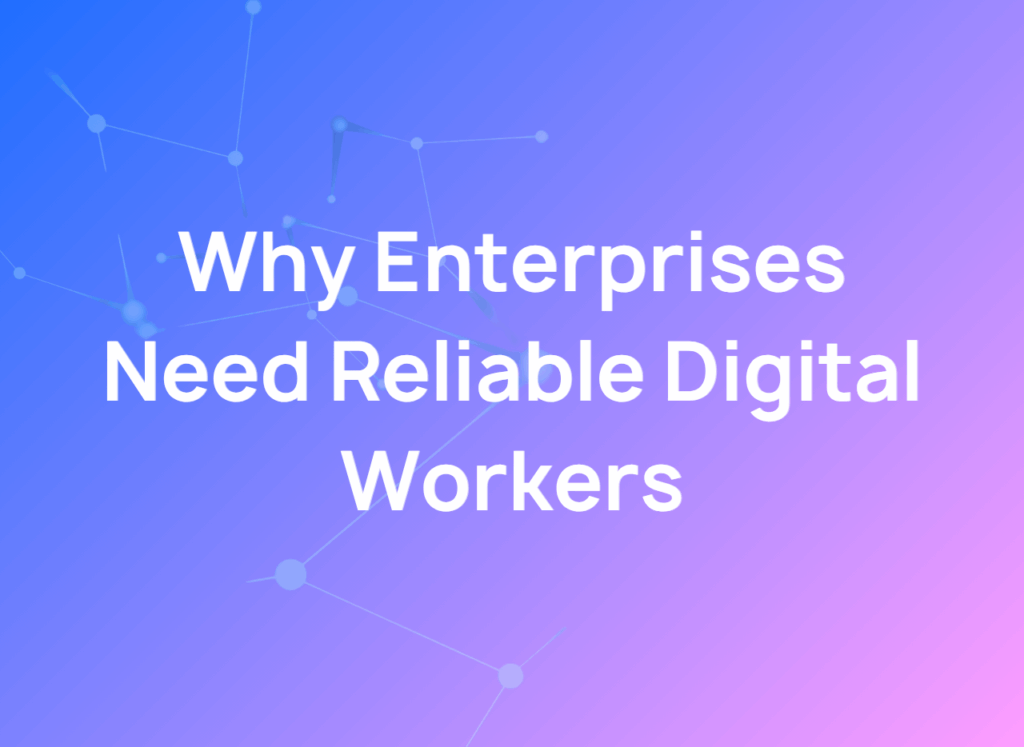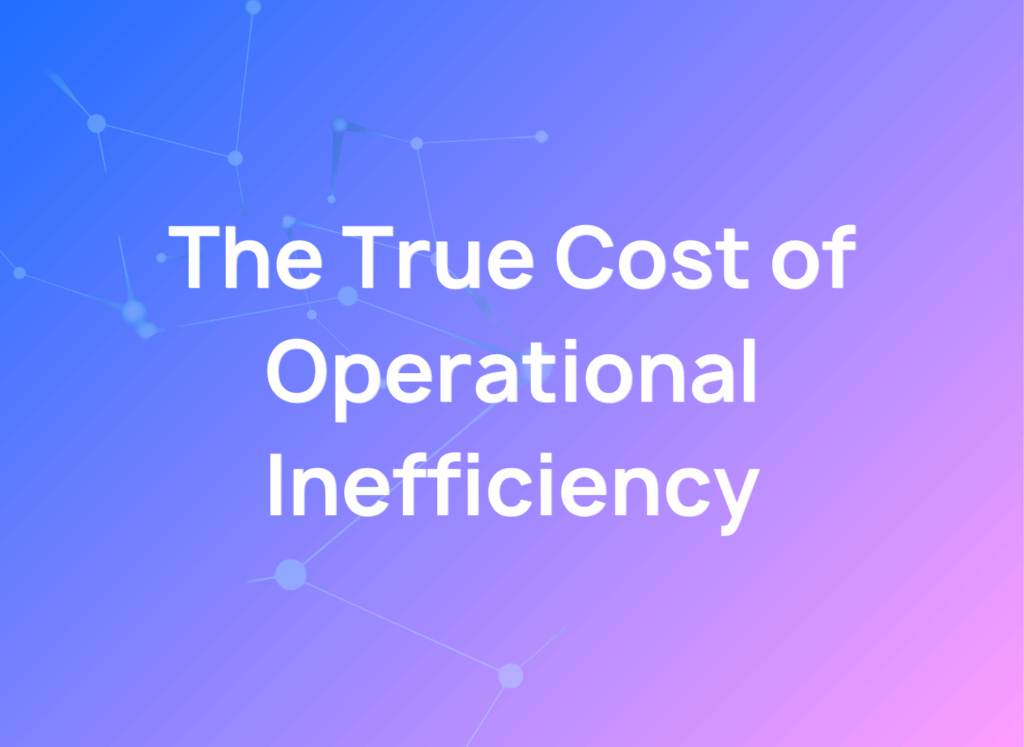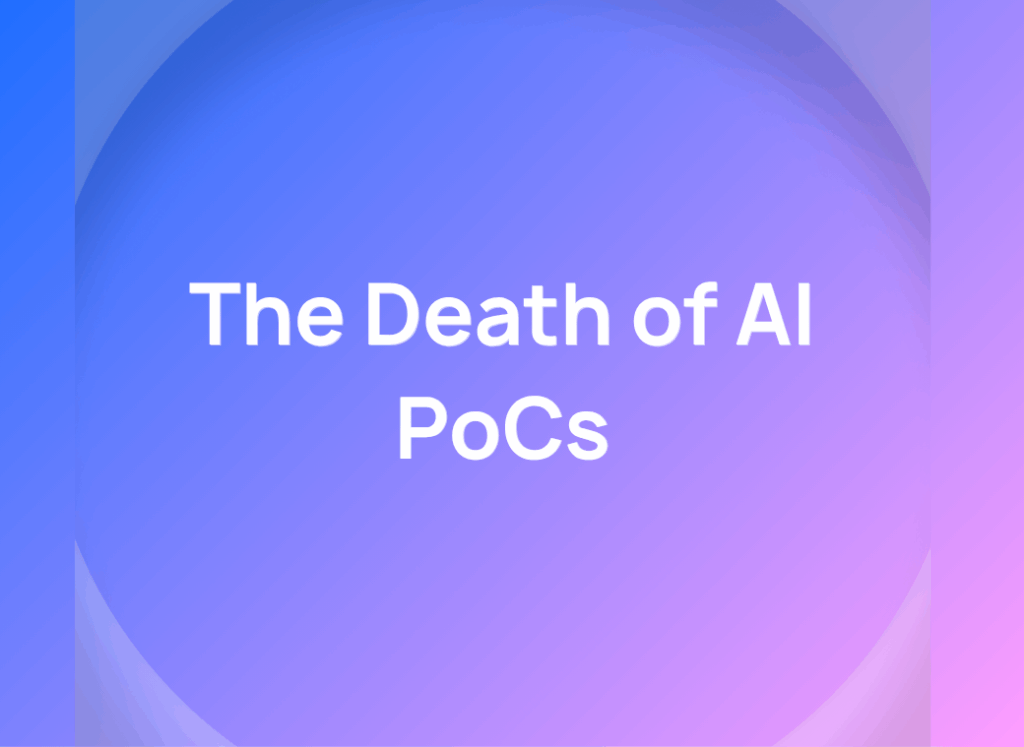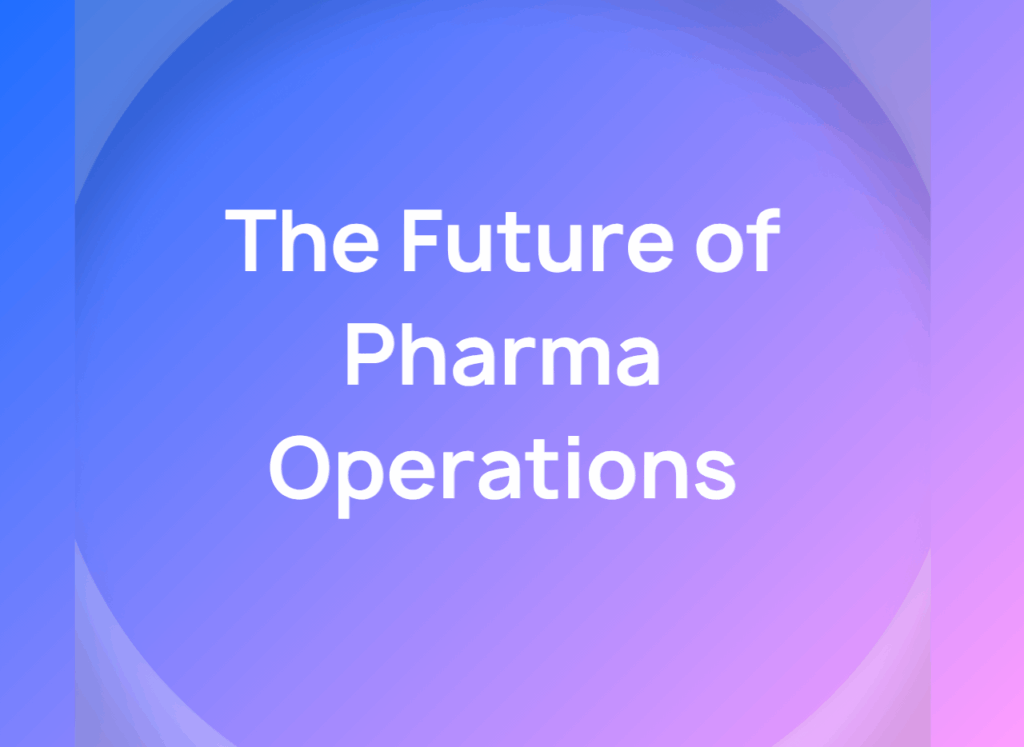The True Cost of Operational Inefficiency in Pharma & CROs
The True Cost of Operational Inefficiency in Pharma & CROs
TL;DR
-
Operational inefficiency is costing pharma billions and delaying therapies that patients need now.
-
Fragmented systems and manual workflows are the biggest blockers to speed, compliance, and profitability.
-
AI-powered Digital Workers automate end-to-end processes, cutting wasted effort and freeing experts to focus on science.
-
Smart pharma leaders are building intelligent operations layers that deliver measurable ROI and faster time-to-market.
Intro
Operational inefficiency is draining the life sciences sector of billions each year. This isn’t an abstract issue - it results in delayed therapies for patients, disrupts team morale, and closes the door on new opportunities. Many challenges stem from fragmented technology and long manual processes. Ultimately, these frictions are escalating costs and slowing time-to-market down to a crawl.
It’s easy to believe this is simply the price of working in a tightly regulated space. But smart pharma organizations are changing that narrative. By automating their operations layer, leading companies are clawing back 30-40% of their time once lost to inefficiency. Automation is doing what dashboards alone can’t - letting teams turn their attention to decisions and actions that push science and business forward. Let’s quantify how operational friction erodes value and spotlight a smarter, proven approach.
The Hidden Price Tag of Inefficiency
Inefficiency strikes hardest in places that are easy to overlook. Pharma spends around $50 billion each year on compliance activity, yet has chalked up over $1.1 billion in penalties for failures. More effort doesn’t always yield better results; manual reconciliation and slow approvals only weigh down progress and profit.
Why does this happen?
- Financial Governance: Relying on spreadsheets and disconnected tools to manage trial grants and statements of work causes missed revenue, forecast errors, and lengthens the time it takes to close the books.
- Compliance Bottlenecks: Marketing and regulatory assets get tangled in review cycles. Each one must be reviewed for accuracy and compliance - a tedious, error-prone process.
Digital Workers, multi-agentic systems that automate end-to-end workflows, help eliminate these friction points at their source. These AI agents work inside your existing workflows, following your business logic and compliance rules.
- The Grant Variance Intelligence & Reforecasting Worker (GrantGuard) keeps a close watch on spend and commitments. It connects with CTMS, EDC, and ERP systems, tracks the reasons why budgets change, and preps the necessary changes for real action - not just dashboard alerts.
- The Scope of Work Digital Worker for Clinical Programs keeps contracts on track. It pulls in SOWs, watches work unfold in platforms like Veeva Vault or Medidata, flags issues quickly, and hands off complete invoice packets for approval as soon as milestones are reached.
- The Pharma Marketing Operations Worker ensures that every promotional asset is rigorously checked against a vast database of prior approved sources.
The Human Cost: Burnout and Wasted Expertise
Operational friction also causes a much higher employee churn rate - costing millions a year. Sixty-one percent of clinical researchers, for instance, report feeling burnt out, with turnover outpacing other industries.
This has strategic consequences. Every hour a highly skilled employee spends on admin is an hour they lose on research, patient support, or innovation. Scientists lose 12+ weeks a year on administrative and non-core tasks instead of discovery.
AI-powered Digital Workers step in here, too, lifting routine burdens so your experts can do the work only they can.
- The Medical Info Intake & PV Routing Worker is built for the realities of pharmacovigilance. It connects to your contact center platforms and digital channels, picks up on adverse events, product complaints, or medical info requests automatically, and ensures all the right data is captured and coded. Agents can focus on the few complex cases that need human touch, while everything is logged for compliance.
- The Sales Territory Alignment Digital Worker transforms territory planning. Instead of static spreadsheets, it uses data to forecast HCP prescribing potential and surface smarter territories. One global CRO swapped out old SaaS tools for this worker, saving $500K annually and putting managers back in control with faster, better territory maps.
The Systems Problem: Fragmented Data and Silos
Life sciences organizations are often running on 50 to 200 disconnected systems. Fragmentation like this slows everyone down and creates unnecessary risk. With critical information spread across ERPs, CRMs, and CTMS platforms, teams never have a clear line of sight. The majority of manufacturers say these data silos block efficient workflows and teamwork.
The result is clear. Time wasted duplicating work and heightened risk - especially with regulators like the FDA and EMA/MHRA watching closely.
Digital Workers sidestep the need for a total systems overhaul. They act as a smart connective tissue between your existing infrastructure.
- With built-in integrations for platforms like Veeva, Medidata, SAP, Oracle, and NetSuite, they help unify work and data across departments.
- Automated handoffs replace manual, repetitive tasks and help ensure details don’t slip through the cracks. One CRO used our Marketing Ops Digital Worker and removed $200k in fees that were slowing down MLR reviews and creating communication silos.
Ripple Effects: How Inefficiency Spreads
Bottlenecks rarely stay isolated. A clinical trial delay can cost $600,000 or more each day and set off chain reactions - impacting product launches, commercial readiness, and access strategies. Handoffs between sponsors, CROs, and sites become slow or error-prone, leading to rework and missed deadlines.
Further downstream, slow batch release can disrupt supply and damage patient trust. Delayed marketing approvals keep sales teams waiting for the content they need.
Over and over, we’ve seen Digital Workers help break this cycle. Intelligent ops layers automate sales alignment, streamline QA, and keep financial forecasting in step with reality. The result is a business that can respond and adapt in real-world time.
Why Inefficiency Kills Drug Production
The highest cost of inefficiency? The innovation that never happens. Only a fraction of drug candidates ever make it out of early-stage research. If your best minds are tracking down paperwork or resolving spreadsheet errors, their focus is pulled away from patients and progress.
Digital Workers automate what distracts teams most - letting them direct attention to science and meaningful, high-impact decisions.
One CRO used a Digital Worker to overhaul campaign analytics. It drove a >10% weekly uplift in prescriptions at no additional cost and shrank evaluation cycles from months to mere hours, empowering teams to make better, faster decisions.
How Pharma Companies Should be Using their AI Budget
Many life sciences companies are experimenting with AI, but budgets are often directed toward technologies that fail to deliver meaningful business outcomes. Early investments in Robotic Process Automation (RPA) and isolated Large Language Model (LLM) pilots have exposed critical limitations. RPA scripts are fragile, breaking with any change to the user interface, while unconstrained LLMs pose risks of hallucination and lack the governance required for regulated GxP environments. These point solutions automate tasks, not processes, leaving organizations with a collection of disconnected tools that fail to address the root causes of inefficiency.
The most effective use of an AI budget is not to fund more data silos, but to build an intelligent operations layer. This requires a shift in focus from narrow automation to end-to-end process execution powered by AI agents, or Digital Workers.
This approach delivers a realized business impact, with deployments averaging a 5x return on investment. Instead of just improving a single step, Digital Workers streamline the entire value chain. They are designed for the complexities of pharma, with built-in human-in-the-loop controls, comprehensive audit trails, and country-specific rule packs for scalable global deployment.
The Case for Intelligent Operations
So what does a next-generation operation look like? It’s not about adding more hands or tools to the stack. Instead, intelligent automation stitches together data, automates time-consuming processes, and applies digital labor to the right operational points, improving compliance and decision-making.
CROs and pharma enterprises are implementing our Digital Workers across business functions; this means new efficiencies in Sales Territory Alignment, Marketing QA and Operations, Clinical Operations Management and Grant Variance Forecasting - just to name a few of the possible automations that we have created. The result is millions saved in value and a much faster launch cadence.
What sets Digital Workers apart is their ability to fit directly into regulated environments. Audit trails, least-privilege access, and region-specific rules for the US (FDA/SOX) or EU/UK (EMA/GDPR) come as standard. Humans always approve final actions, but the path to those decisions is clearer, faster, and better-documented.
The Pharma Marketing Operations Worker integrates into Veeva PromoMats and your asset management system, auto-screening content against approved sources. It flags anything new or out of policy, assigns citations, and gets human review only when truly needed.
The Medical Info Intake & PV Routing Worker uses advanced NLP to recognize adverse events and product complaints, captures necessary information, and codes it correctly, then creates cases in your safety systems. Actions are logged for inspection, and critical events trigger instant escalation.
Every Digital Worker operates with limited access on a need-to-know basis, logs every action, and is built for human sign-off at each critical point. For example, the Scope of Work Digital Worker drafts and routes changes, but nothing is finalized without human approval.
The biggest inefficiencies in the pharmaceutical industry stem from a combination of fragmented systems and manual, repetitive workflows. Most organizations operate with 50-200 disconnected systems, creating data silos that delay decisions and introduce compliance risks. This fragmentation fuels major bottlenecks across the value chain, such as slow MLR/PRC reviews that delay campaigns, and inconsistent pharmacovigilance intake that creates downstream rework. In finance, teams struggle with lagging grant variance reporting and revenue leakage from poor SOW governance.
Pharmaceutical supply chain bottlenecks primarily occur at points of poor visibility and manual intervention. Key choke points include concentrated API sourcing which creates long lead times, and cold-chain vulnerabilities that risk costly temperature excursions. Internally, manufacturing is slowed by batch-release delays caused by incomplete documentation and reactive investigations into quality deviations. This lack of real-time data also leads to inventory imbalances, with organizations swinging between costly stock-outs and expensive expiration waste. Data is often fragmented across ERP, QMS, and third-party CMO portals, preventing a unified view of the supply chain and making it difficult to manage transportation logistics or customs holds proactively. Digital Workers address these bottlenecks by creating an intelligent orchestration layer that automates records assembly for batch release, triages deviations, and provides predictive inventory signals. By connecting disparate systems and monitoring multi-tier supplier risks, they provide end-to-end visibility and automate exception handling, allowing human experts to focus on resolving critical issues instead of finding them.





